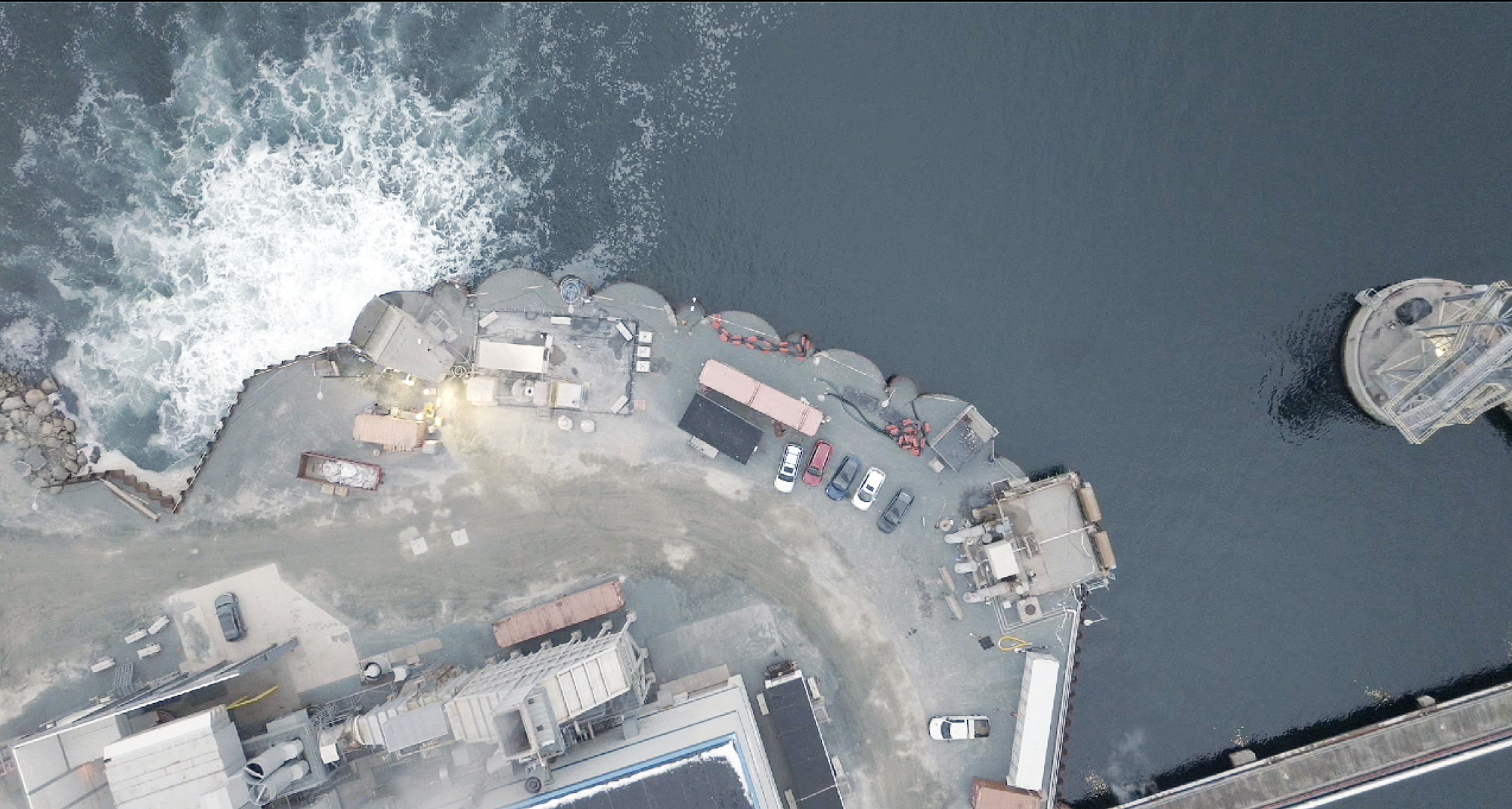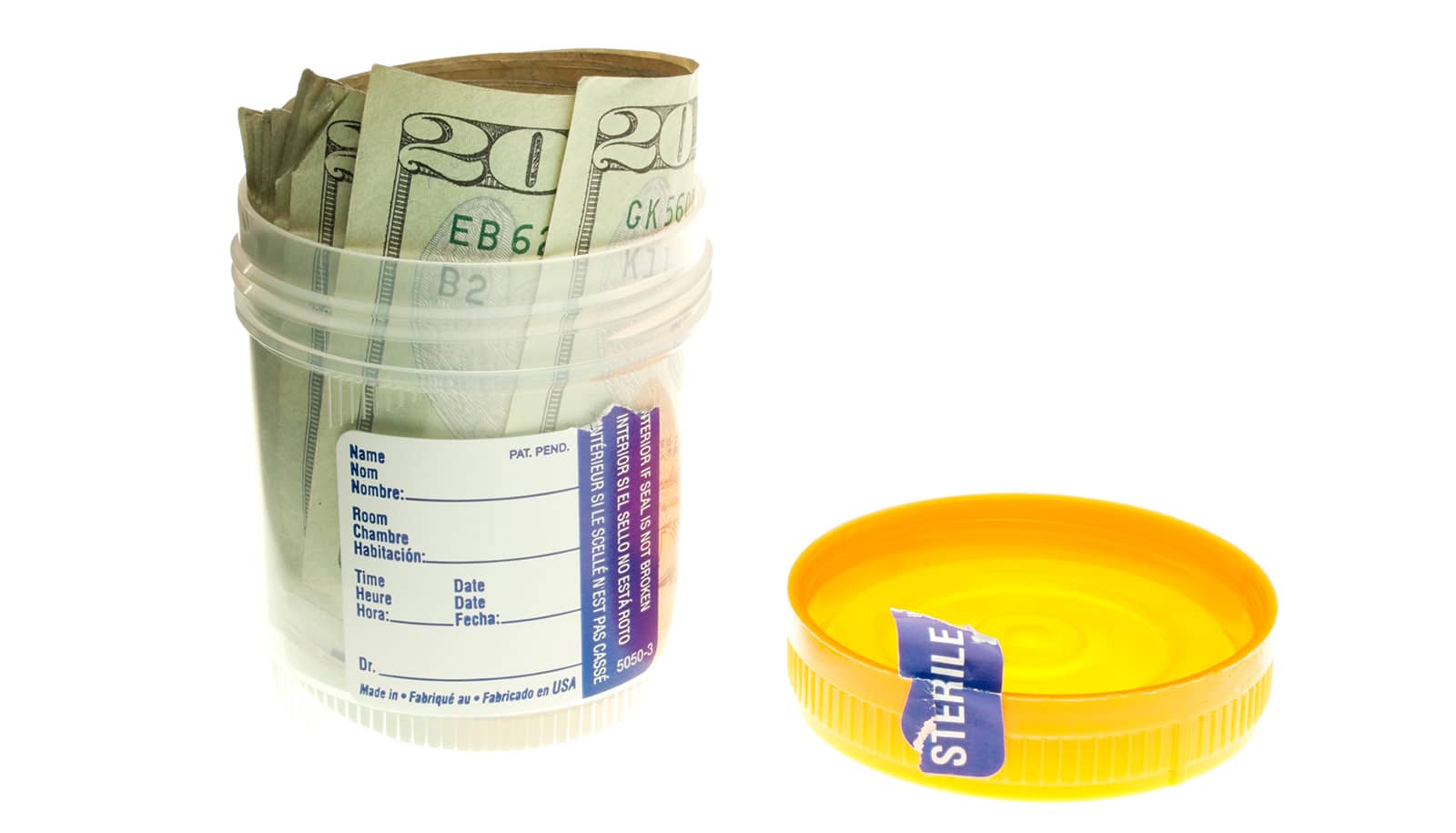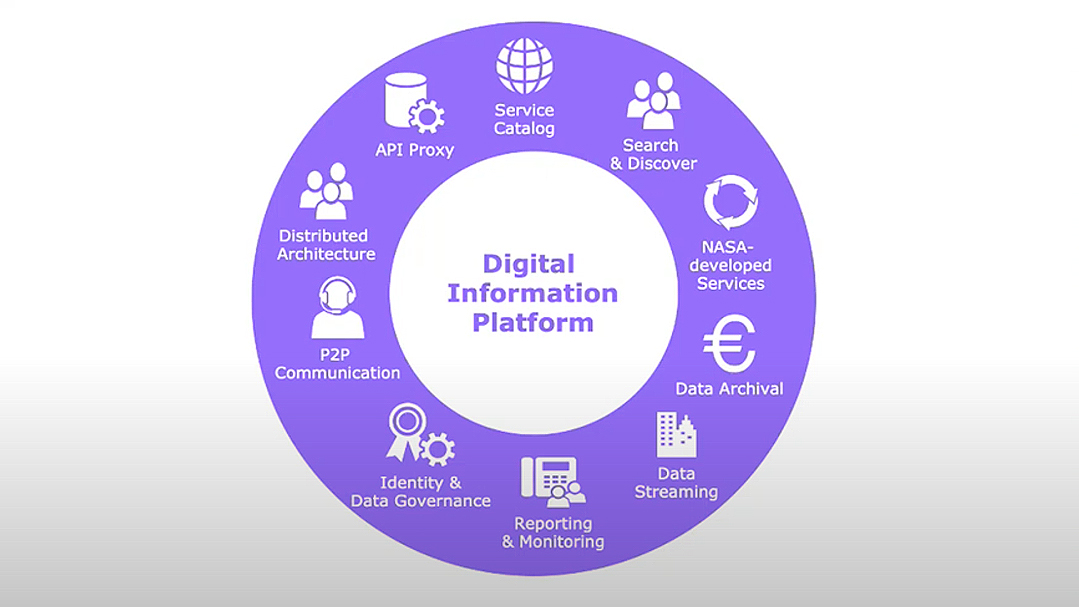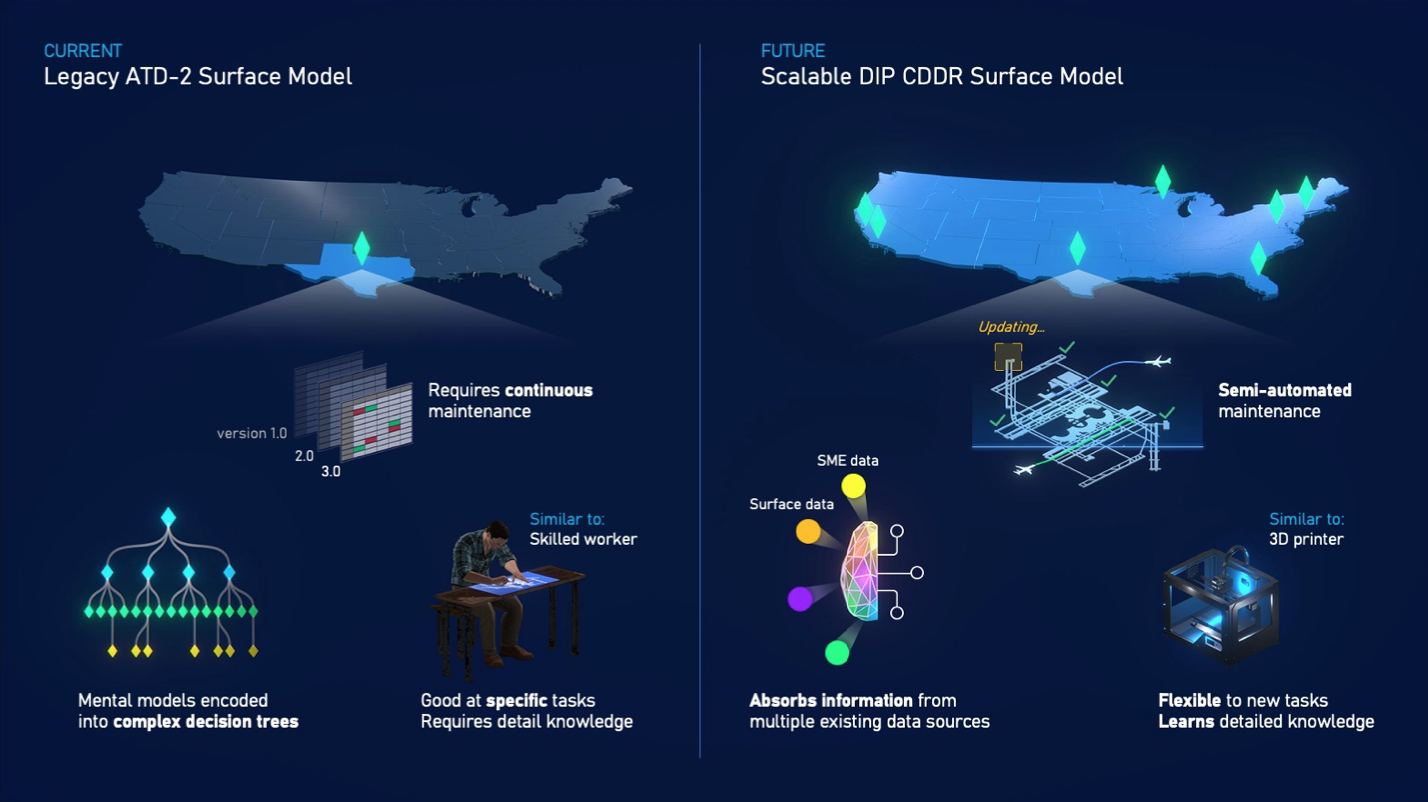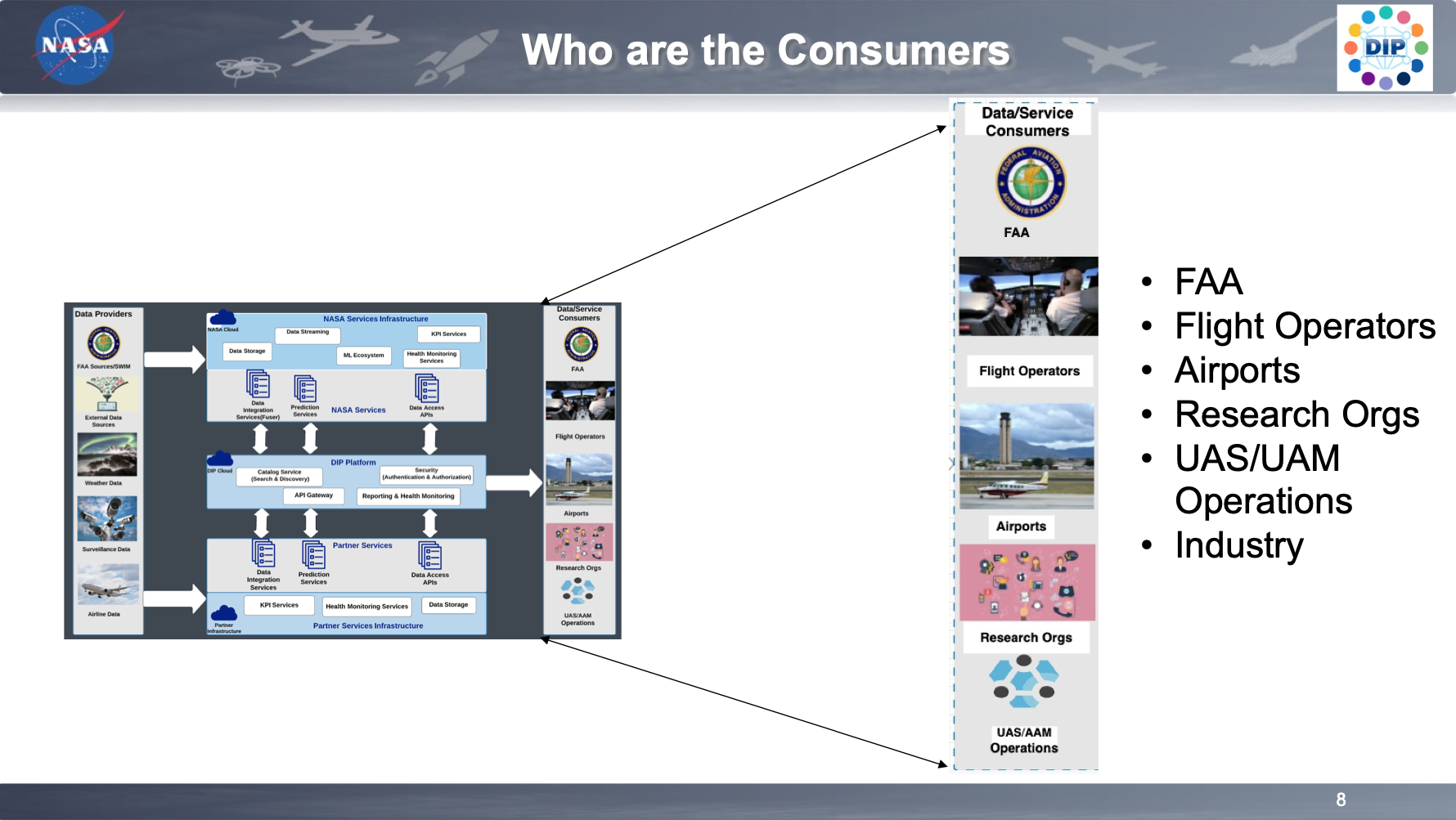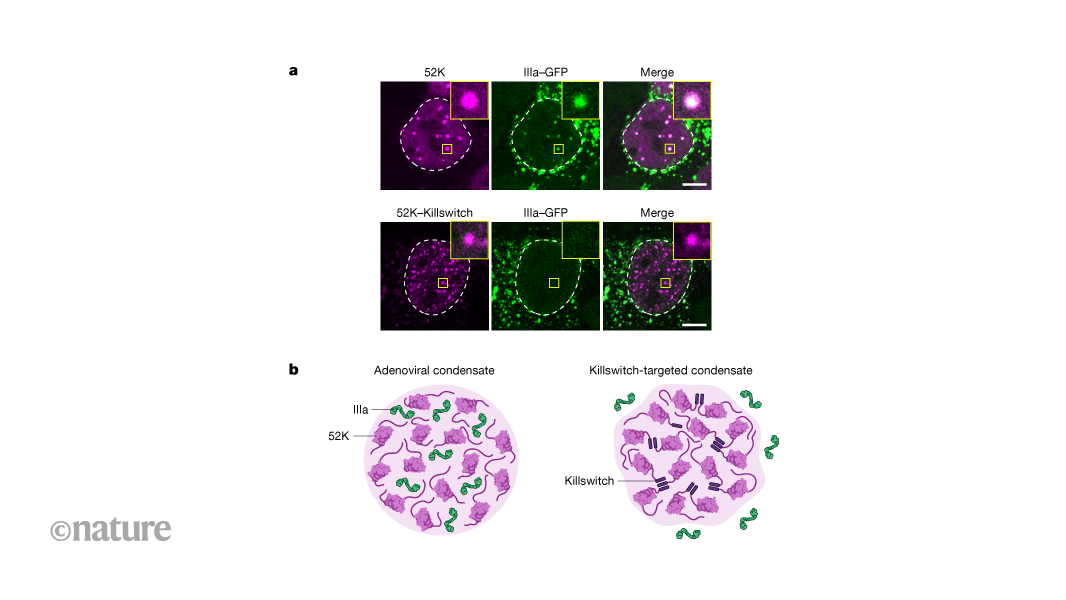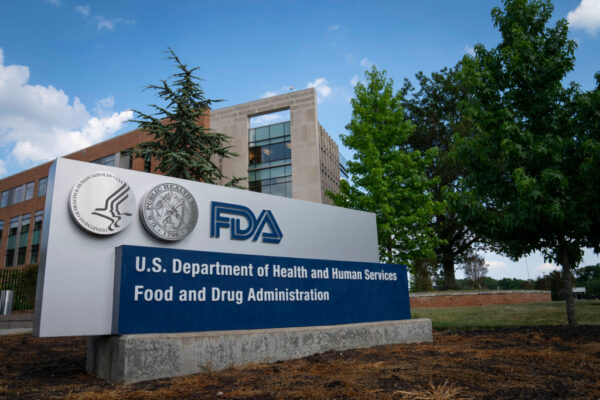SBTi got more than 850 comments on its new net-zero standard. Now what?
A corporate pilot test of the next iteration of its target-setting methodology is slated for the third quarter of 2025. The post SBTi got more than 850 comments on its new net-zero standard. Now what? appeared first on Trellis.

The Science Based Targets initiative (SBTi) is poring over feedback from more than 850 corporations, nonprofits, trade associations, academics and other stakeholders who submitted recommendations for the next version of the corporate net-zero framework.
SBTi published the 132-page outline for an expansive overhaul to its Corporate Net Zero Standard 2.0 on March 18 and gave interested parties until June 1 to suggest revisions.
The organization, which plans to publish a summary of the comments sometime later this year, declined to release information about the suggestions prior to that.
Meanwhile, SBTi’s technical teams are reviewing the comments, and whatever recommendations are accepted by SBTi staff and advisors will be incorporated into a draft that will be circulated for additional consultation.
Emerging feedback themes
Predictably, many recommendations for SBTi shared with Trellis or published as open letters centered on how carbon removals and other environmental attribute certificates can or should be used in the process of becoming net zero.
That’s partly by design: SBTi specifically requested input for suggested approaches related to carbon dioxide removals between 2030 and the company’s net-zero year to reduce “projected residual emissions” — including one that would require these investments. This issue was the subject of intense scrutiny and controversy last summer.
The Institute for Policy Integrity at New York University, for example, came down on the side of letting corporations count high-quality carbon removal toward their emissions reduction goals, saying this would help grow the available market.
“SBTi could incentivize companies to invest in high-quality, durable carbon dioxide removal to address their residual emissions, as they simultaneously work to reduce their emissions as much as possible by their net-zero target dates,” the institute said. The Institute cautions that claims related to those investments must be made judiciously, given current scrutiny of corporation climate commitments, and that clarity from SBTi would help.
RMI, which coordinated a response from more than a dozen organizations that advocate carbon removal, calls for corporate investments in high-durability carbon removal methods to be required starting in 2030. Like the Policy Institute, the think tank suggests purchases meet a minimum threshold for durability and traceability, and that they be chosen to “counterbalance” the lifetime of the corporation’s actual emissions.
Other stakeholders are pushing SBTi to clarify how the new standard will recognize the use of emerging methods of indirect Scope 3 mitigation in their supply chains — such as the book and claim systems that companies use to report emissions reductions related to investments in emerging technologies like low-carbon fuels for aviation or maritime shipping. These systems enable companies to support an alternative to purchasing carbon credits or unbundled renewable energy certificates.
“Patagonia views indirect mitigation — reducing greenhouse gas emissions in our supply chain — as a necessary component of strategy to achieve net zero by 2040,” said Kim Drenner, director of supply chain environmental impact at the apparel company, in a statement coordinated by the Zero Emissions Maritime Buyers Alliance.
The Alliance represents companies that are claiming reductions related to their investments in zero-emissions maritime fuel, even if their goods aren’t actually on the ships using it. According to the statement: “Indirect mitigation supports collective action, encourages policy development and enables us to channel investments directly into our supply chain by supporting technologies such as e-fuels in transportation and transitioning textile mills to renewable energy.”
More than 1,500 companies have validated corporate net-zero targets, with another 3,000 committed to doing so. Even companies that aren’t among that number, however, have offered feedback. Microsoft, for example, which has near-term reduction targets validated by SBTi but doesn’t yet have a net-zero plan that fits SBTi’s methodology, remains actively engaged.
“As the CNZS continues to mature, we are thoughtfully evaluating how its evolving requirements align with our broader decarbonization strategy,” the company said in a statement emailed to Trellis. “Some elements of the current standard, including the 90% absolute emissions reduction threshold, the absence of recognition for environmental attribute credits (EACs), and constraints on carbon removals, are areas we continue to assess. These considerations reflect broader operational and market dynamics that many corporates are navigating today.”
Pilot testers sought
SBTi’s next revision is widely expected to be published in the fourth quarter of 2025. Meanwhile, SBTi is seeking companies willing to participate in a pilot test of the methodology.
“After seeing an impressive level of engagement across the ecosystem in the public consultation on the first draft Corporate Net-Zero Standard version 2, pilot testing is the next stage, where we will gather more practical, first-hand insights,” said Alberto Carrillo Pineda, chief technical officer at SBTi.
That test consists of two phases:
- An additional survey focused on corporate practitioners, which must be completed before Aug. 15. (SBTi says it will take an average of two hours to finish.)
- A hands-on trial in the third quarter in which companies use real-world data to test “near-final” versions of the draft. SBTi is looking to identify implementation challenges and validate methodological assumptions that underpin the standard.
Participants must complete the survey in order to be considered for the hands-on test. SBTi doesn’t say how many companies will be included, but it’s seeking to represent a diversity of sizes, industry sectors, regions, emissions profiles and business models.
Transition timeline
While all this is going on, companies can still set science-based emissions reduction targets this year and during 2026 using the existing Corporate Net Zero and Near-Term Criteria methodologies. Goals set in those years will be valid for either five years or until the end of 2030, whichever is earlier.
Companies must start using Corporate Net Zero Standard 2.0 to set emissions reduction strategies starting in 2027. The finalized methodology is due by the end of 2026.
The post SBTi got more than 850 comments on its new net-zero standard. Now what? appeared first on Trellis.














